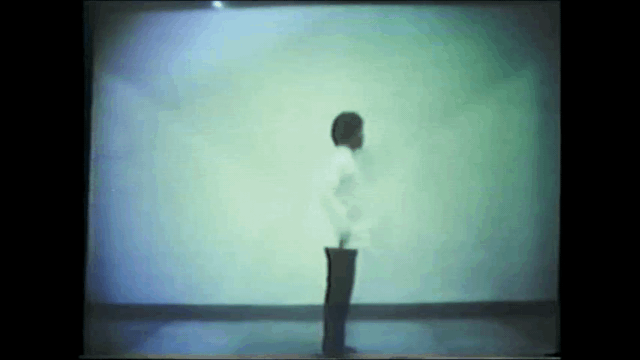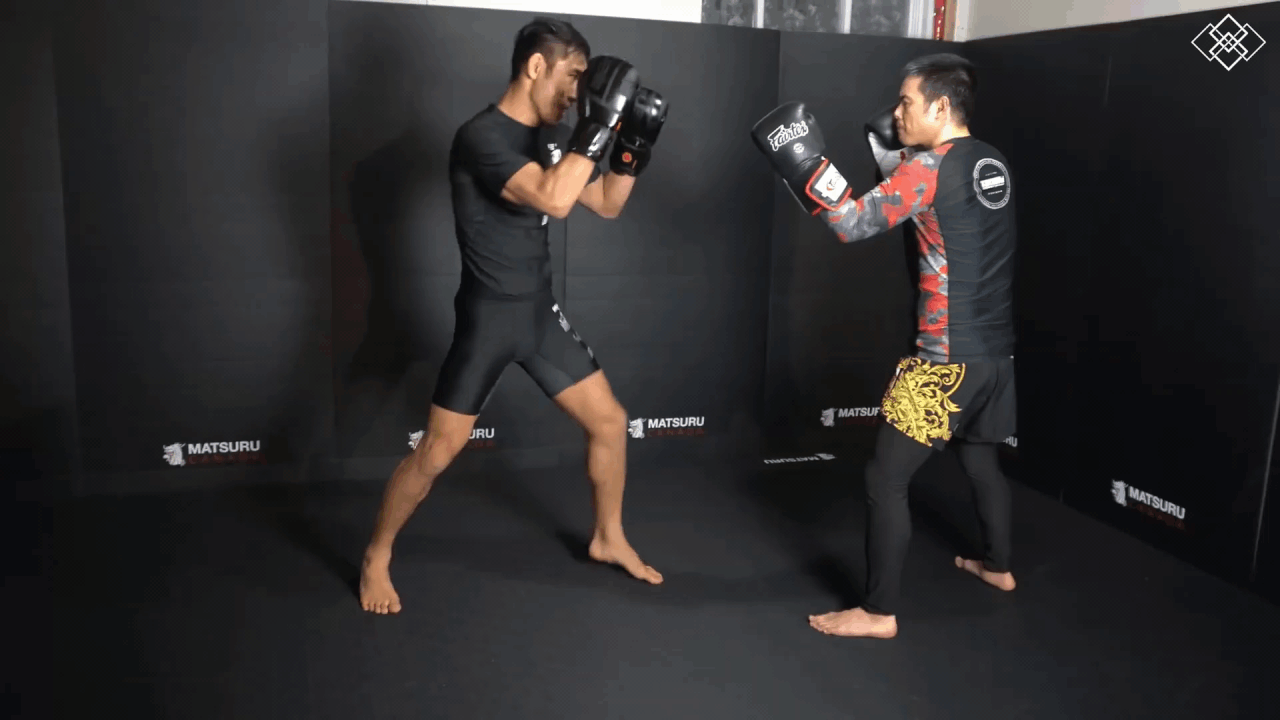The thing about Wing Chun punching is, never lock the elbow with full extension, because arm breaking is seriously taught in all Chinese styles.
My sifu repeatedly demonstrated that a vertical fist (elbow down) punch with a loose, elastic arm can be fully extended without risk of being broken ....if you know what you are doing. Admittedly, he was practically double jointed. I, on the other hand am quite stiff-jointed, but even so, have had no problems with fully extended WC punches being particularly vulnerable to arm breaks. Quite the opposite in fact.
....remember hooks are easy to block...
Really? Have you sparred with a good boxer?
I have ....though it has been a very long time now. Still, some things I remember ....like never underestimating a good boxer, ...or any other good fighter!
BTW ...welcome to Martialtalk. Hope you hang around!




